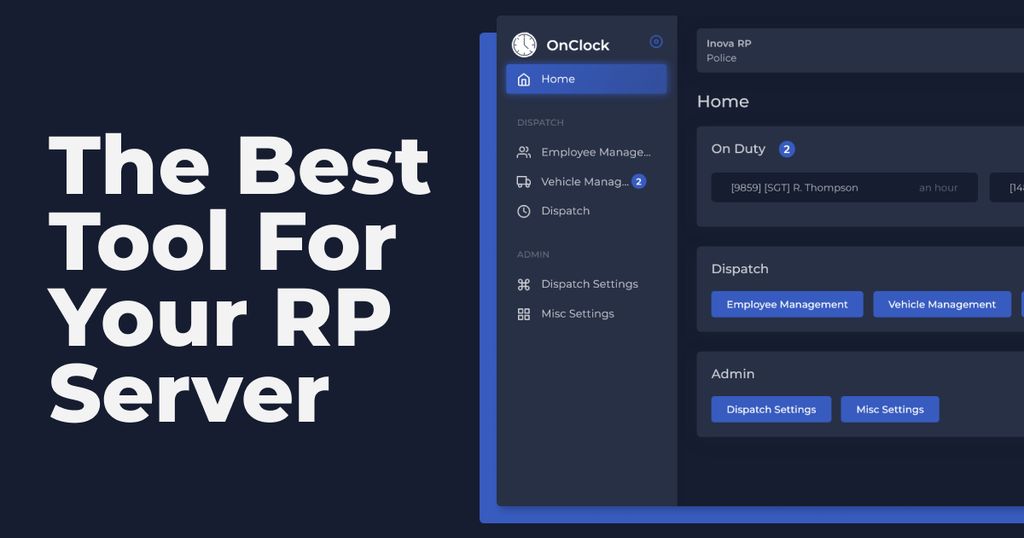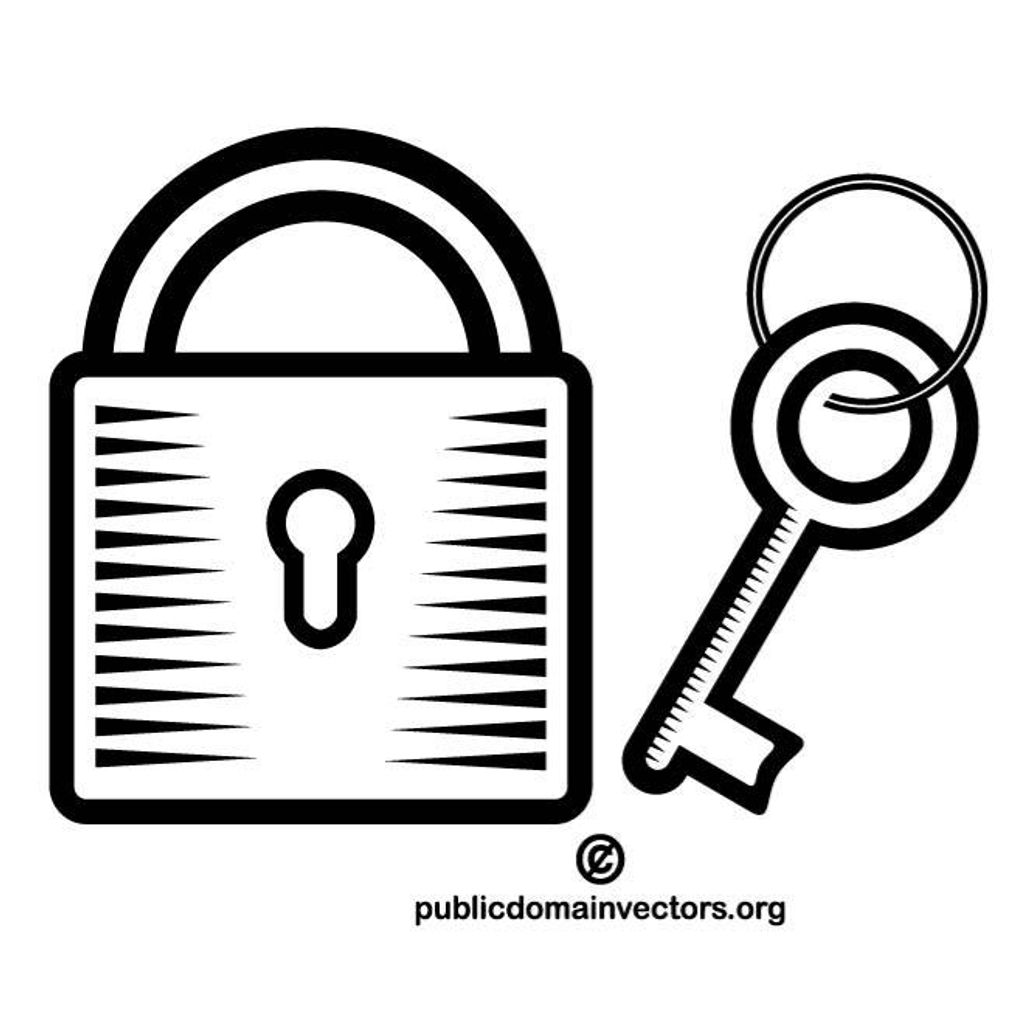
In today's digital age, privacy has become a major concern, especially when it comes to email communication. With the increasing number of cyber threats and data breaches, it is essential to take steps to enhance privacy in Gmail. One effective way to do this is by using a user-friendly tool that provides additional layers of protection and control over your email account. This article explores the importance of privacy in Gmail, introduces a user-friendly tool, explains how it enhances privacy, provides a step-by-step installation guide, and offers tips for maintaining Gmail privacy.

In today's digital age, privacy is a growing concern for email users. With the increasing amount of personal and sensitive information being shared through email, it is important to understand the risks involved. Cybersecurity threats such as phishing attacks, data breaches, and email spoofing can compromise the privacy and security of your Gmail account.
To protect yourself and your data, it is crucial to be aware of these risks and take necessary precautions. Here are some key points to consider:
Tip: Be vigilant and practice good email hygiene to minimize the risks associated with email privacy.
Data protection is crucial in today's digital age. With the increasing amount of personal and sensitive information being shared through email, it is essential to safeguard this data from unauthorized access and misuse. Protecting your data ensures that it remains confidential and secure, preventing any potential breaches or leaks.
To ensure data protection, it is important to implement strong security measures such as encryption and authentication. These measures help to safeguard your data from interception or unauthorized access. Additionally, regularly updating your passwords and being cautious with email attachments can further enhance data protection.
Implementing a user-friendly tool can greatly assist in enhancing data protection in Gmail. This tool provides features such as secure email encryption, two-factor authentication, blocking unwanted emails, and preventing email tracking. By utilizing these features, you can have peace of mind knowing that your data is secure and protected.
Email communication is an essential part of our daily lives, both personally and professionally. However, it also poses several privacy concerns that need to be addressed. With the increasing number of cyber threats and data breaches, it is crucial to take steps to protect our sensitive information. In order to ensure the privacy of our emails, it is important to understand the risks involved and implement appropriate measures.

The User-Friendly Tool is a powerful solution designed to enhance privacy in Gmail. It provides users with a range of features and benefits that help protect their sensitive information and ensure a secure email communication experience. With this tool, users can take control of their privacy settings and customize them according to their preferences. Whether it's encrypting emails, enabling two-factor authentication, blocking unwanted emails, or preventing email tracking, the User-Friendly Tool offers a comprehensive set of tools to enhance Gmail privacy.
The User-Friendly Tool offers several key features and benefits that enhance Gmail privacy:
Tip: Regularly clean up your inbox by unsubscribing from unnecessary emails and deleting old messages. This will help declutter your inbox and improve your Gmail privacy.
The User-Friendly Tool provides several features that enhance privacy in Gmail:
Secure Email Encryption: The tool encrypts your emails to ensure that they can only be read by the intended recipient. This adds an extra layer of protection to your sensitive information.
Two-Factor Authentication: With the tool, you can enable two-factor authentication for your Gmail account. This means that in addition to your password, you will need to provide a second form of verification, such as a code sent to your phone, to access your account.
Blocking Unwanted Emails: The tool allows you to easily block unwanted emails and prevent them from cluttering your inbox. You can specify certain senders or keywords to automatically filter out unwanted messages.
Preventing Email Tracking: By using the tool, you can prevent email senders from tracking when you open their emails. This helps protect your privacy and prevents senders from collecting data about your email habits.
Tip: Regularly updating your password is an important step in maintaining the security of your Gmail account.

To install the User-Friendly Tool, follow these simple steps:
Customizing privacy settings allows you to personalize your Gmail experience and enhance your privacy. Here are some options you can consider:
By customizing these settings, you can have more control over your Gmail account and protect your privacy.
Once the User-Friendly Tool is installed, it seamlessly integrates with Gmail, providing enhanced privacy features without disrupting your email workflow. The tool adds an additional layer of security to your Gmail account, ensuring that your emails and personal information are protected from unauthorized access. With its intuitive interface, you can easily navigate through the tool's settings and customize your privacy preferences. Whether you want to enable secure email encryption, set up two-factor authentication, block unwanted emails, or prevent email tracking, the User-Friendly Tool offers a comprehensive solution to enhance your Gmail privacy.

Secure email encryption is a crucial feature that ensures the privacy and confidentiality of your email communication. By encrypting your emails, you can prevent unauthorized access and protect sensitive information from being intercepted. With the user-friendly tool, you can easily enable email encryption with just a few clicks. This feature adds an extra layer of security to your Gmail account, giving you peace of mind knowing that your emails are protected.
Two-Factor Authentication adds an extra layer of security to your Gmail account by requiring a second form of verification in addition to your password. This helps prevent unauthorized access to your account even if your password is compromised. When enabled, you will be prompted to enter a unique verification code, which is usually sent to your mobile device, after entering your password. This ensures that only you can access your account, as an attacker would need both your password and physical access to your mobile device. It is highly recommended to enable Two-Factor Authentication to enhance the security of your Gmail account.
Blocking unwanted emails is an essential step in enhancing your Gmail privacy. By preventing these emails from reaching your inbox, you can reduce the risk of falling victim to phishing attacks or being exposed to malicious content.
To block unwanted emails in Gmail, you can follow these steps:
By setting up filters to block unwanted emails, you can have better control over the messages you receive in your Gmail inbox.
Tip: Regularly review and update your filters to ensure they are effectively blocking unwanted emails and adapting to any changes in your email communication patterns.
Email tracking is a common practice used by marketers and spammers to gather information about recipients. It allows them to track when and how often an email is opened, as well as the recipient's location and device information. This invasion of privacy can be concerning for Gmail users who want to maintain their privacy and prevent unwanted tracking.
To protect yourself from email tracking, there are several steps you can take:
By following these steps, you can enhance your Gmail privacy and protect yourself from email tracking.

Regularly updating passwords is crucial for maintaining the security of your Gmail account. By changing your password frequently, you can minimize the risk of unauthorized access to your emails and personal information. Here are some tips to help you effectively update your passwords:
Remember, regularly updating your passwords is an essential step in protecting your Gmail privacy.
When it comes to email attachments, it's crucial to exercise caution to protect your privacy and security. Here are some tips to help you avoid falling victim to malicious attachments:
Be wary of unexpected attachments: If you receive an email with an attachment from an unknown sender or an unexpected source, it's best to err on the side of caution and avoid opening it. Malicious attachments can contain malware or viruses that can compromise your computer and personal information.
Verify the sender: Before opening any attachment, verify the sender's identity. If you're unsure about the authenticity of the email or the attachment, reach out to the sender through a separate communication channel to confirm if they indeed sent the attachment.
Keep your software up to date: Regularly update your operating system and antivirus software to ensure you have the latest security patches. This can help protect against known vulnerabilities that attackers may exploit through email attachments.
Tip: Remember, it's always better to be safe than sorry when it comes to suspicious email attachments. If in doubt, delete the email without opening the attachment.
When it comes to sharing emails, it is important to exercise caution to protect your privacy and sensitive information. Here are some tips to keep in mind:
Think twice before forwarding emails: Before forwarding an email, consider whether it contains any personal or confidential information that should not be shared with others.
Use BCC when necessary: When sending an email to multiple recipients who may not know each other, consider using the BCC (blind carbon copy) feature to protect their email addresses and maintain their privacy.
Tip: Always double-check the recipients before hitting the send button to avoid accidentally sharing sensitive information with the wrong people.
Avoid sharing sensitive information: Be cautious about sharing sensitive information such as passwords, financial details, or personal identification numbers (PINs) through email. It is best to use more secure methods of communication for such information.
Be mindful of email attachments: Exercise caution when opening email attachments, especially if they come from unknown or suspicious sources. Attachments can contain malware or viruses that can compromise your privacy and security.
Tip: Scan email attachments with an antivirus software before opening them to ensure they are safe.
Remember, being cautious with email sharing is an essential step in enhancing your Gmail privacy.
When it comes to managing third-party app permissions in Gmail, it is important to be cautious and selective. Granting access to your Gmail account can expose your personal information and compromise your privacy. Here are some tips to help you manage third-party app permissions effectively:
Remember, being proactive and vigilant in managing third-party app permissions is crucial for maintaining your Gmail privacy.
In conclusion, enhancing Gmail privacy is crucial in today's digital age. With the help of a user-friendly tool, users can take control of their personal information and protect their privacy. By implementing features such as encrypted communication and two-factor authentication, users can ensure that their emails and sensitive data are secure. It is important for individuals and organizations to prioritize privacy and take proactive steps to safeguard their information. With the right tools and practices, Gmail can become a safer and more private platform for communication.
The User-Friendly Tool enhances privacy in Gmail by providing secure email encryption, two-factor authentication, blocking unwanted emails, and preventing email tracking.
Yes, you can customize the privacy settings of the User-Friendly Tool according to your preferences and requirements.
Yes, the User-Friendly Tool is compatible with all versions of Gmail.
You can install the User-Friendly Tool by following the step-by-step installation guide provided in the documentation.
Yes, the User-Friendly Tool helps protect against email phishing attacks by blocking suspicious emails and providing additional security measures.
Yes, you can easily manage and revoke third-party app permissions granted to the User-Friendly Tool through the settings menu.